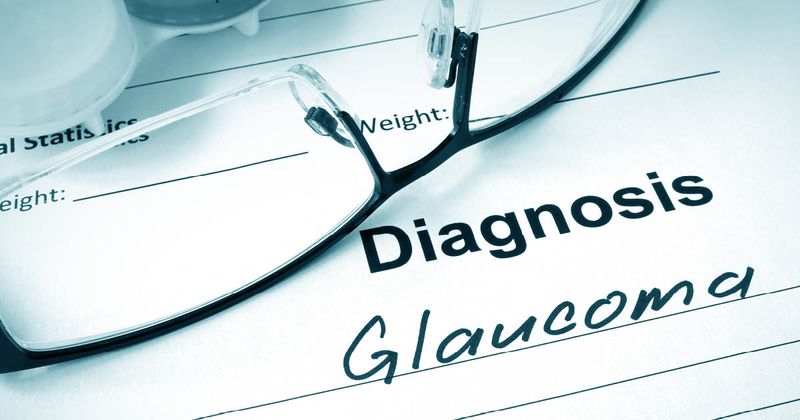Patients from underserved areas are more likely to have glaucoma-related blindness
Click Here to Manage Email Alerts
Patients who present with undiagnosed glaucoma at the emergency room, and are therefore more at risk for glaucoma-related blindness, are more likely to originate from underserved rural areas.
“These findings suggest that patients from underserved regions may not be receiving glaucoma care in office settings,” Robert Abishek, BA, and co-authors wrote in a poster presented at the Real World Ophthalmology virtual meeting.

Source: Adobe Stock.
A retrospective chart review was conducted at the Wills Eye Emergency Room (ER) to identify the demographic, medical history and follow-up data of patients presenting for glaucoma care. Based on rural-urban commuting area codes (RUCA) scores and area deprivation index (ADI) national percentiles, patients who were socioeconomically disadvantaged or lived in underserved regions were compared with those who were not.
Of the 192 patients referred for glaucoma follow-up care, 54.5% were female, and most were Black (44.5%) or white (31.4%). Most patients(95.3%) lived in metropolitan areas, and 16.2% were uninsured.
Investigators found that compared with patients in the medium ADI group (34th to 66th percentile), patients in the high ADI group (67th to 99th percentile) had a greater likelihood of being blind in one or both eyes.
“In other words, people from more socioeconomically disadvantaged areas were more likely to suffer from blindness,” the authors wrote.
In addition, patients with higher RUCA scores were more likely to receive their first diagnosis of glaucoma in the ER, suggesting a higher prevalence of undiagnosed glaucoma in rural areas. Of note, of the 70.4% of patients who received their first diagnosis of glaucoma in the ER, 46.6% were blind in one or both eyes.
These findings highlight the need for eye emergency care in rural and socioeconomically disadvantaged areas, the authors concluded.

